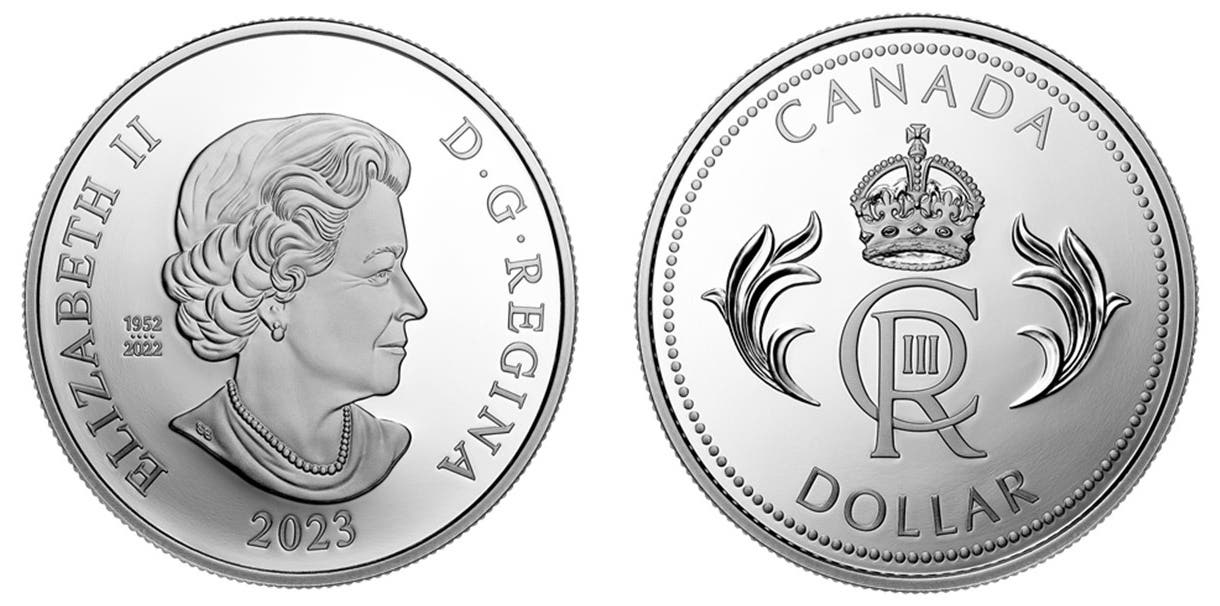Measuring the Money Supply
A statistic widely tracked by investment professionals is the money supply. But, what exactly is meant by “money supply?” Further, why did the Federal Reserve Bank announce on Dec. 17,…
A statistic widely tracked by investment professionals is the money supply. But, what exactly is meant by “money supply?” Further, why did the Federal Reserve Bank announce on Dec. 17, 2020, that it is changing some definitions of money supply and the data it will report in the future?
It turns out that there are a variety of definitions. Perhaps the basic one is the quantity of coins and currency in circulation. Even there, the meaning isn’t as obvious as you might suspect.
For reporting purposes, the Federal Reserve counts as currency in circulation outstanding coins and paper money not in the custody of deposit institutions (primarily banks and credit unions). I could not find any reports listing the variations of total outstanding coins and currency not including that held by governments and central banks or including coins and currency in governments and central bank custody.
In its Jan. 7, 2021, Money Stock Measures report, the Federal Reserve offers nine pages of different measures of the money supply. Some of the data is “not seasonally adjusted,” meaning it is the raw data. Other components are “seasonally adjusted,” which indicates some statistical tinkering might have been done with the raw data. There is a time delay in reported data, where the most recent is from November 2020.
The Federal Reserve defines the monetary base, typically referred to as M0, as made up of currency in circulation plus “balances held by depository institutions in master accounts and excess balance accounts at Federal Reserve Banks.” At the end of December 2019, the report lists currency in circulation at $1,796.4 billion and reserve balances at $1,630.1 billion. At the end of November, the corresponding totals had increased to $2,058.4 billion (a 14.8 percent increase) and $3,034.7 billion (up 86.2 percent). Combined, the Monetary base increased 48.6 percent from the end of December 2019 to the end of November 2020.
The next step up in definition of the money supply is M1, which includes all assets counted in M0 plus demand deposits (pretty much meaning checking accounts) at commercial banks, credit unions and other thrift institutions. Many people consider the balances they have in their checking accounts to be “cash.”
The M2 definition of the money supply includes everything in M1 plus savings accounts, individual money market accounts, and smaller certificates of deposit (up to a maximum of $99,999), excluding any such accounts for individual retirement accounts (IRA) or Keough retirement accounts.
The Federal Reserve Bank stopped publishing M3 money supply data in 2006, though it is still reported for the U.S. by the Organization for Economic Co-operation and Development (OECD). This money supply definition includes everything in the M2 definition and adds large certificates of deposits, institutional money market accounts, short-term repurchase assets and other larger liquid assets.
The ultimate definition of the money supply is termed MZM. This includes all “money” with zero maturity. This includes all financial assets redeemable at par on demand.
The most common measures of money supply followed for indications of rising consumer prices (termed “inflation” in most such analyses) are M2 and MZM. However, I would argue that these two benchmarks miss out on at least one critical signal of the inflation of the money supply.
If you refer to the Federal Reserve Bank’s Jan. 7, 2021, report, you will find some eye-opening information. On the first page is listed Memorandum: Reserves, Total Borrowings, which is not seasonally adjusted. Some key data from this column in the memorandum is:
End of December 2019: $21.4 million
End of February 2020: $3.2 million
End of March 2020: $40.6 billion
End of April 2020: $124.5 billion
End of November 2020: $66.6 billion
As explained in the footnotes, these amounts are total borrowings from the Federal Reserve “discount window’s primary, secondary, and seasonal credit programs and other borrowings from emergency lending facilities.” In plain English, this is short-term funds that banks have borrowed from the Federal Reserve.
As you can see, the Fed’s loans to banks soared over 3,000 percent from the end of 2019 to the end of November 2020! The huge surge occurred in March 2020, which happens to be the month when the CARES Act of bailouts and subsidies was enacted. It is not a coincidence.
The massive injections of liquidity into the U.S. banking system’s overnight loan market actually began in September 2019. Banks used to have an incentive to minimize such loans on the last banking day of each month. But, because of the economic lockdowns in response to the pandemic, clearing the month-end books at banks would be much more difficult and is no longer a priority.
The Federal Reserve Bank of St. Louis posts historical charts of the money supply for the different definitions. If you check any of them, you will see that the money supply zoomed higher in 2020. The soaring money supply is a major factor in the fall in value of the U.S. dollar, where the U.S. Dollar Index fell 13.2 percent from March 19, 2020 to Dec. 31, 2020.
As the public becomes aware of these massive increases in the money supply, by whichever definition you choose, this sparks a flight away from the U.S. dollar into safe haven assets—such as bullion-priced physical gold and silver.
It is possible that the Fed’s Dec. 17, 2020, announcement may have been made to mask the extent of the soaring money supply. In this statement, that Fed said it would change future reports on the M1 money supply to add savings accounts, previously only counted in the M2 definition. The Fed also said it would stop reporting the actual money supply data on a weekly basis to only reporting it monthly. Even scarier, the Fed will cease reporting the actual money supply as of the end of the reporting period. Instead, the new figures being reported will be the average of the data over the course of the month.
When governments make significant changes in reporting the size of the money supply, that just about always guarantees bad news for the future value of that currency.
Patrick A. Heller was honored as a 2019 FUN Numismatic Ambassador. He is also the recipient of the American Numismatic Association 2018 Glenn Smedley Memorial Service Award, 2017 Exemplary Service Award, 2012 Harry Forman National Dealer of the Year Award and 2008 Presidential Award. Over the years, he has also been honored by the Numismatic Literary Guild (including twice in 2020), Professional Numismatists Guild, Industry Council for Tangible Assets and the Michigan State Numismatic Society. He is the communications officer of Liberty Coin Service in Lansing, Mich., and writes Liberty’s Outlook, a monthly newsletter on rare coins and precious metals subjects. Past newsletter issues can be viewed at www.libertycoinservice.com. Some of his radio commentaries titled “Things You ‘Know’ That Just Aren’t So, And Important News You Need To Know” can be heard at 8:45 a.m. Wednesday and Friday mornings on 1320-AM WILS in Lansing (which streams live and becomes part of the audio archives posted at www.1320wils.com).








